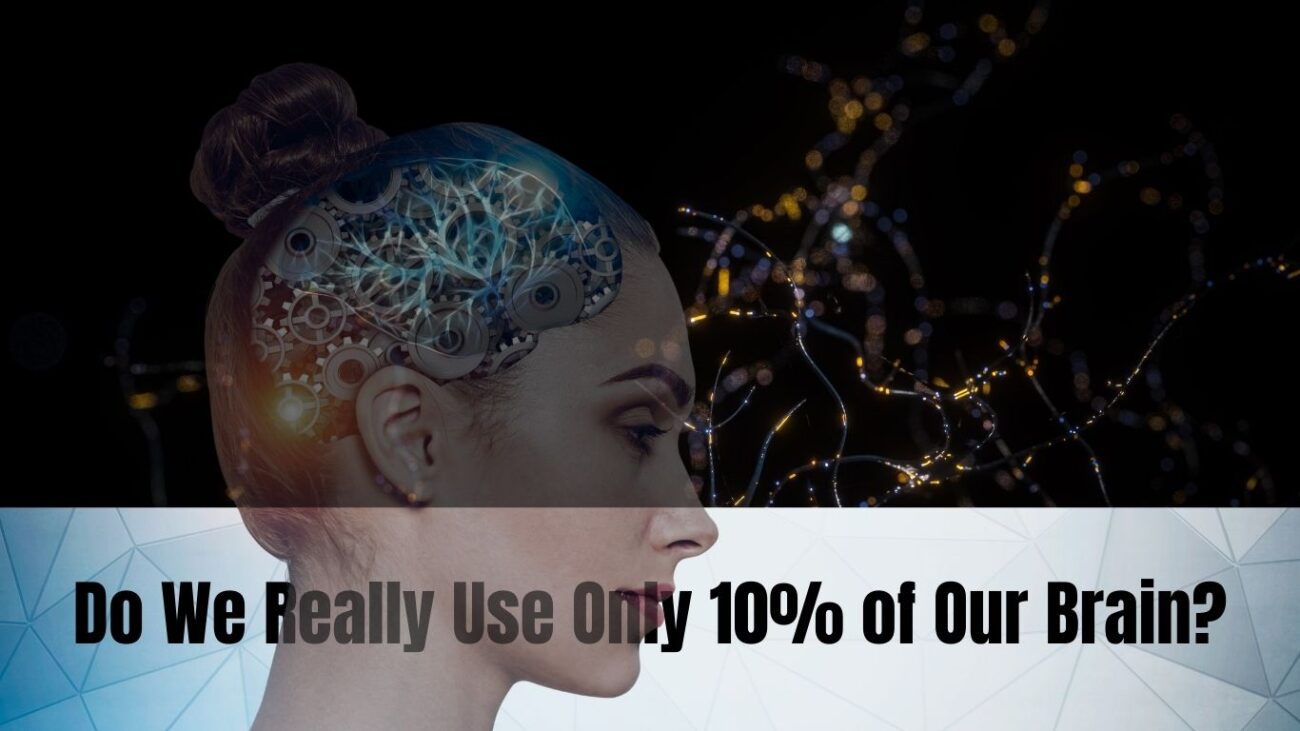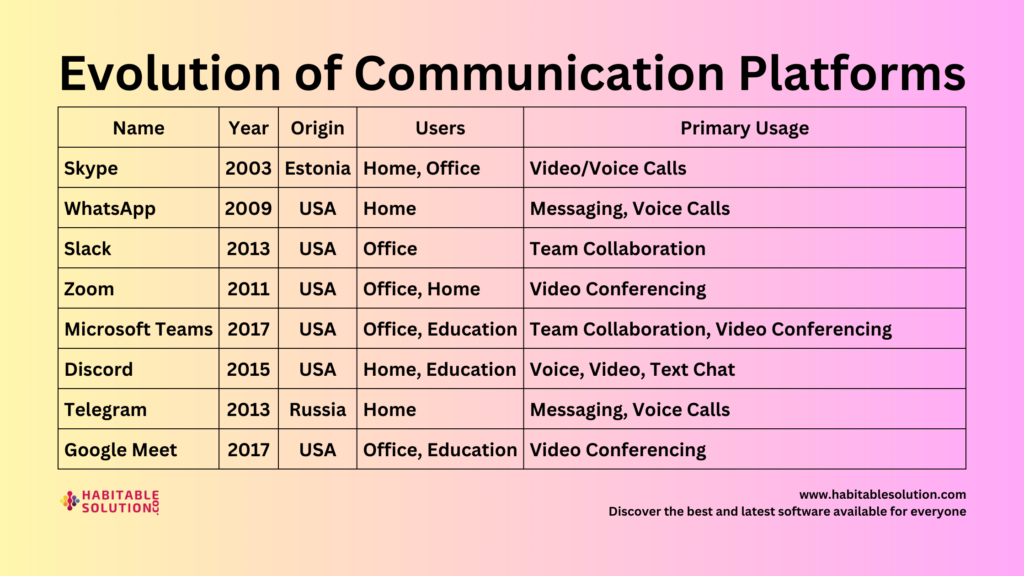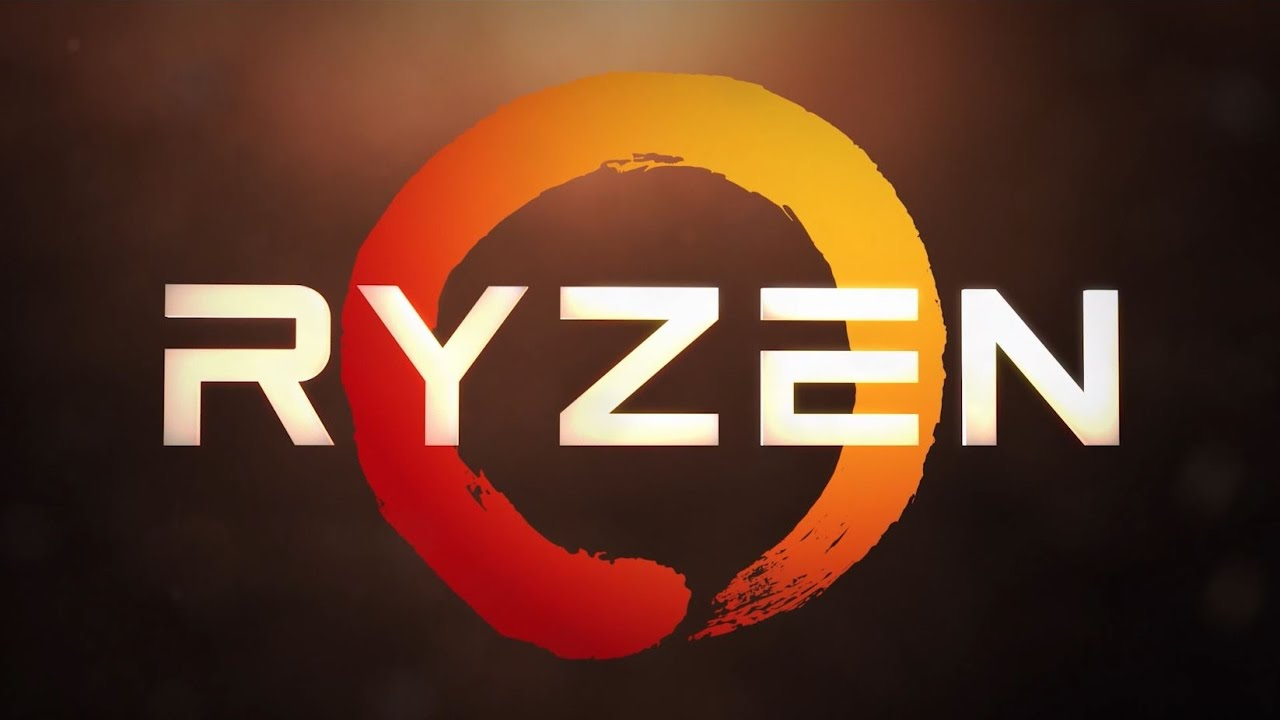The 10% Brain Myth – A Mind-Blowing Lie?
It’s a statement you’ve likely heard countless times, maybe in movies, classrooms, or self-help seminars: “We only use 10% of our brain.” It’s a tantalizing idea. Imagine unlocking the remaining 90%—you might become a genius, develop telepathic abilities, or even levitate objects. But how much truth is there behind this claim?
Spoiler alert: It’s a myth.
But like many great myths, it has its roots in misinterpretation, has been propagated by media and pop culture, and even occasionally referenced by prominent figures. This article dives into the origins, the controversy, the science, and the cultural fascination behind one of the most persistent neuroscience myths of all time.
Where Did the 10% Myth Come From?
The exact origin of the “10% brain” myth is murky, but several theories point to how it may have started:
William James: The Misquoted Philosopher
One of the earliest seeds of this idea may come from William James, the father of American psychology. Around the early 1900s, James reportedly stated, “We are making use of only a small part of our possible mental and physical resources.” While James never said “10%,” this quote has often been misrepresented to support the myth.
Einstein and the Brain Hoax
Another frequent claim is that Albert Einstein once said humans use only 10% of their brains. While it sounds compelling—Einstein was a genius, after all—there’s no documented evidence he ever said this. It’s a classic case of “quote laundering,” where misattributed or fictional quotes gain credibility because of a famous name.
1930s Self-Help Movement
In the 1936 preface to Dale Carnegie’s bestseller How to Win Friends and Influence People, the claim is made that “the average person develops only 10% of his latent mental ability.” While not scientifically backed, the timing was right—amid the Great Depression, self-help books and motivational messages flourished.
Why the Myth Persisted: Pop Culture’s Role
Hollywood’s Obsession with “Unused Potential”
Films love to explore what might happen if humans accessed “the full capacity” of their brains. Here are a few examples:
- Lucy (2014) – Directed by Luc Besson and starring Scarlett Johansson, the entire plot revolves around a woman who gains superhuman powers by accessing more than 10% of her brain. The film begins by explicitly stating the myth as fact.
- Limitless (2011) – Starring Bradley Cooper, the story is about a nootropic drug that unlocks 100% brain function, turning a struggling writer into a financial and intellectual powerhouse.
- Phenomenon (1996) – John Travolta’s character experiences dramatic intellectual development after a mysterious encounter.
These films, while entertaining, have reinforced the misconception for new generations.
The Self-Improvement Industry
Books, seminars, and courses often dangle the 10% myth as a marketing hook: “Unlock your hidden 90%!” From Tony Robbins to fringe neuro-hacking movements, the idea has sold millions of products.
What Science Really Says: We Use All of Our Brain
So, what does neuroscience actually say?
Brain Imaging Doesn’t Lie
Modern brain imaging techniques like fMRI (functional magnetic resonance imaging) and PET scans (positron emission tomography) allow researchers to observe the brain in real time. These studies show that no part of the brain is completely inactive. Even when we sleep, our brains remain active, performing essential functions like consolidating memory, regulating breathing, and processing stimuli.
Neurologists Laugh at the 10% Claim
Dr. Barry Gordon, a neurologist at Johns Hopkins School of Medicine, says, “It turns out, though, that we use virtually every part of the brain, and that [most of] the brain is active almost all the time.” His sentiments are echoed by experts across the board.
Energy Consumption as Evidence
The human brain accounts for about 2% of body weight, but consumes around 20% of the body’s energy. That’s a lot of power for just 10% usage. If 90% were inactive, evolutionarily, it would be an enormous waste of resources.
Where the Confusion May Have Started: Misunderstood Neuroscience
Glial Cells vs. Neurons
Some speculate that early studies misinterpreted the functions of glial cells—the non-neuronal cells in the brain—as unused capacity. Since glial cells outnumber neurons 10 to 1, early neuroscientists may have assumed these cells represented “untapped potential.” However, today we know glial cells are essential for brain function.
Brain Reserve and Plasticity
It’s true that not all neurons fire at once, and that the brain has redundant systems and plasticity—it can adapt, reorganize, and even recover from injury. But that’s not the same as saying 90% of the brain is unused. It’s more accurate to say we don’t use all our brain all the time—just like you don’t use all your muscles at once.
Counterarguments and the Persistent Believers
Despite overwhelming scientific refutation, some still believe in the myth—sometimes with creative arguments:
The “Potential” Defense
Some claim the myth is metaphorical, implying that humans are not reaching their mental potential. While that may be motivationally appealing, it’s different from literally using only 10% of the brain’s mass or capacity.
The Quantum Consciousness Fringe
A small segment of thinkers, including controversial figures like Deepak Chopra, invoke quantum theory and consciousness to argue that much of the brain’s power is in unmeasurable dimensions. These claims, while fascinating to some, are not supported by empirical evidence.
The Real Mystery is What We Still Don’t Know About the Brain
Here’s where things get more interesting.
Even though we use all of our brain, we don’t fully understand it. Neuroscience is still uncovering how memories form, how consciousness arises, and how brain networks coordinate complex behavior.
- The connectome (the map of all neural connections) remains largely unexplored.
- We still debate the source of consciousness.
- Mental illnesses and neurological disorders often defy full explanation.
So while the 10% usage idea is incorrect, it does hint at a deeper truth—we have much to learn about the organ that defines our humanity.
Conclusion: A Myth That Refuses to Die, and a Mind Worth Exploring
The myth that “we use only 10% of our brain” has no scientific basis. It likely originated from a misinterpretation of early psychological statements, gained traction through motivational movements, and was cemented by Hollywood.
However, its persistence speaks to a universal human desire—to grow, improve, and unlock hidden potential. While you’re already using 100% of your brain’s structure, you may not be using 100% of your cognitive abilities, habits, or emotional intelligence. That’s the real frontier worth exploring.
So instead of chasing a mythical 90%, maybe we should focus on developing the full power of the brain we already use—through learning, creativity, empathy, and curiosity.
Notable References
- Barry Gordon, M.D. – Neurologist at Johns Hopkins, on brain activity.
- William James – Early psychologist misquoted as the origin of the myth.
- Dale Carnegie – Popularized the idea in his 1936 self-help book.
- Movies: Lucy, Limitless, Phenomenon – Cultural perpetuators of the myth.
- National Institute of Neurological Disorders and Stroke (NINDS) – Debunking brain myths.
- Scientific American, Smithsonian Magazine, Harvard Medical School – Scientific consensus against the myth.






